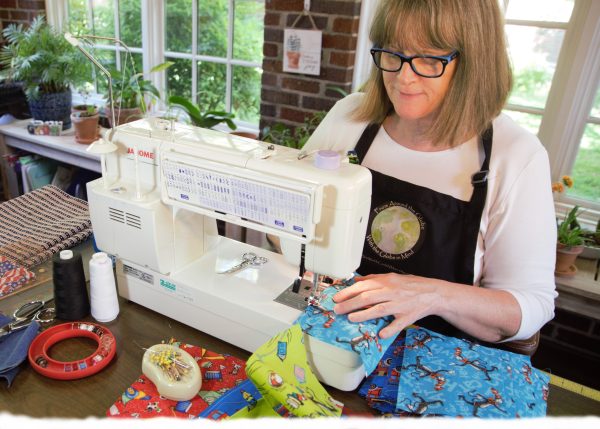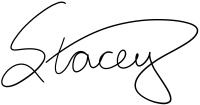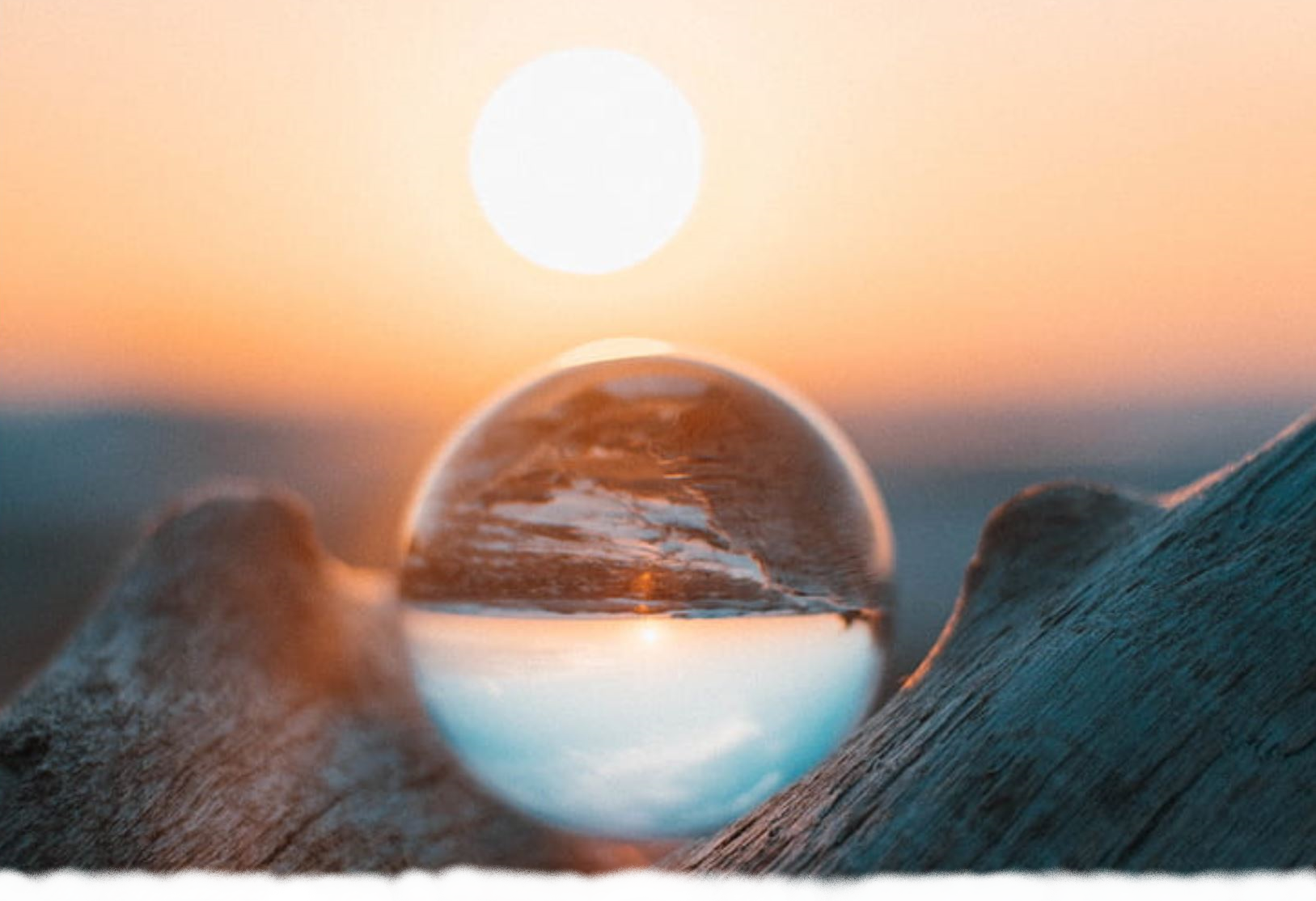Mask Making

28 April 2020 | Theme: Change | 6-Minute Read | Listen
For several weeks now, I’ve spent significant time making face masks. After my next door neighbor gave my daughters and me each a mask she had made, my daughter suggested that we, too, make and give away fabric masks to help prevent the spread of the COVID-19 virus. We pulled out my fabric stash and got to work.
Since my girls are also attending their college classes (online, of course), soon I was alone in my studio making dozens and dozens of masks. I gave away over a hundred of them before being contacted by an owner of an online shop who wanted to make them available to her customers. My little assembly line has been running full tilt ever since.
As I’ve been sewing, I’ve reflected quite a lot on the idea of mask-making, especially after hearing a homily by Rev. Dr. Marlin Lavanhar earlier this month. For thousands of years, people have used masks for ritual, protection, disguise, and entertainment. According to Megan Gannon in Live Science, the oldest known masks date to the Neolithic era! While these carved stone masks were most likely used for Stone Age ceremonies, other ancient masks were used in battle, in parades, and in theatrical performances.
Today, we are entertained by mask-wearing (and often cape-wearing) superheroes. Children and adults love putting on costumes and masks for Halloween, and masquerade balls are still in vogue in some circles. Used professionally, masks are an important piece of protective equipment for athletes, emergency responders, and medical personnel. And now, we wear masks (or should) when going to the grocery store.
But there’s another kind of mask that is familiar to most of us—the faces we hide from others, and even from ourselves. This invisible mask may be a smile that hides loneliness or pain, overselling oneself to conceal insecurity, or addiction to suppress negative emotions. As Billy Joel sings, “Well, we all have a face / That we hide away forever / And we take them out and show ourselves / when everyone has gone. / Some are satin, some are steel, / Some are silk and some are leather. / They’re the faces of The Stranger / But we love to try them on.”
Sometimes, we wear different masks around different people; we may show one part of our personality to one group of people and a different side to another group. But what happens when those two worlds collide? If you’ve ever felt uncomfortable when your weekend friends met your boss, or your coworker met your family, perhaps it was because at that moment, you didn’t know which mask to don, and so you were momentarily left there showing your naked face to both.
Showing our authentic selves feels, at times, almost unbearably threatening because it requires us to be completely vulnerable. We think that we are alone and unique in this, but we all feel that way. Shame and vulnerability researcher Brené Brown writes, “Whether we’re fourteen or fifty-four, our armor and our masks are as individualized and unique as the personal vulnerability, discomfort and pain we’re trying to minimize.” If we remove the mask, we have to take a look at what’s underneath; oftentimes, we don’t want to see what’s really there.
And we don’t want the world to see what’s really there, either. According to Susan Sparks, one of the chief reasons we wear masks is Imposter Syndrome—we fear that we are not enough, and that if we show our true selves, the world will “is going to find us out”—discover that we are a fake. The thing is, if we put up a false front for too long, we begin believe the false face rather than our true selves. One day, we gaze into the mirror and are surprised to see The Stranger looking back at us.
In his powerful 1934 essay “Shooting an Elephant,” George Orwell describes how he felt when, as a young man, he was a British police officer in Burma (now Myanmar). He realized the futility of “the white man turn(ed) tyrant,” for the imperialist must always keep up the appearance of being in control. Describing the oppressor’s role, Orwell says, “He wears a mask, and his face grows to fit it.”
When we hide behind a façade, our True Selves may become distorted and unrecognizable. So who are we under the mask?
Quite possibly, we are far more than we realize. The very things we have been trying to hide may be our biggest assets! As Susan Sparks writes, we may not be living to our full potential because we aren’t bringing all we are to what we do. Sparks quotes Fanny Brice: “Let the world know you as you are, not as you think you should be because sooner or later, if you are posing, you will forget the pose, and then where are you?”
Another reason to shed the mask is for relief—it takes a lot of energy to pretend to be something that we’re not, to keep up a charade. Imagine what it would be like to use that energy being our creative, loving, connected selves!
Finally, removing the mask and facing what’s underneath can be healing. Sparks continues, “When we wear masks, we carve a piece of ourselves out—withholding parts of ourselves as unworthy. But in relationships, we can’t be truly healed unless we offer up all the pieces.”
I invite you, Dear Reader, to choose your masks carefully. By all means, wear the protective mask necessary to get through this pandemic. But as for those other masks . . . not so much. Try spending some time with the parts of yourself that you’ve been trying to hide away— without judgement, but with kindness and compassion toward yourself. May you be well.
Until next time,

Resources:
Gannon, Megan. “World’s Oldest Masks Show Creepy Human Resemblance.” Live Science, 13 March 2014, https://www.livescience.com/44078-stone-age-masks-israel-museum.html.
Joel, Billy. “The Stranger.” AZLyrics, n.d. https://www.azlyrics.com/lyrics/billyjoel/thestranger.html
Lavanhar, Marlin. “Masks.” YouTube, uploaded by All Souls Unitarian Church, 19 April 2020, https://www.youtube.com/watch?v=0hHcSgW6Tmo&t=171s.
Orwell, George. “Shooting an Elephant.” Burmese Days. New York: Penguin Books, 1934. Reproduced by permission at TheOrwellFoundation.com. https://www.orwellfoundation.com/the-orwell-foundation/orwell/essays-and-other-works/shooting-an-elephant/
Sparks, Susan. “The Masks That We Wear.” Psychology Today, 20 October 2015. https://www.psychologytoday.com/us/blog/laugh-your-way-well-being/201510/the-masks-we-wear
If you enjoyed this article,
please share on social media!
NEXT ARTICLE

Magnifiers and Mirrors
5 May 2020 | Theme: Reflections | 8-Minute Read